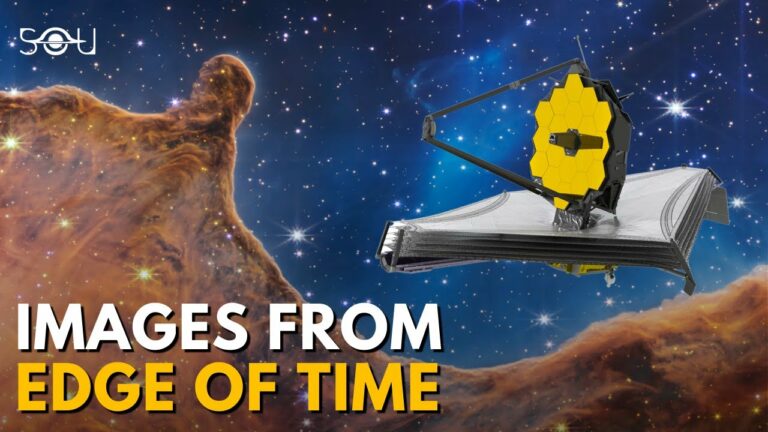How Webb Images From The Edge of Time Broke Astronomy | One Year of James Webb
The James Webb Space Telescope completed one year in space on Christmas Day, 2022. In its first year, Webb revolutionized astronomy in ways beyond anticipation.
The $10 billion infrared space telescope was launched on 25 December 2021. It took a month to reach its destination, the L2 Lagrange point a million miles away, and five more months to calibrate and prepare for science observations. Nevertheless, when the first Webb images were released, they beat all expectations. They included the deepest infrared view of the cosmos, a beautiful stellar nursery where hundreds of stars are taking birth, the spectrum of an exoplanet’s atmosphere as never seen before, a dying star that has formed a spectacular ring of gas and dust around it, and a visual grouping of five galaxies in a new light.
When data from the James Webb Space Telescope’s Early Science Program were released, hundreds of research papers were submitted for publication within weeks. Most papers were on stellar astrophysics, extragalactic astronomy, exoplanets, dark matter, and the solar system. It was as if Webb opened those windows to the cosmos that no other telescope in history could.
But what exactly did Webb discover that showed our theories were wrong? How did the infrared observatory revolutionize astronomy within months? Finally, and most importantly, what does 2023 (you said 2020) look like for the James Webb Space Telescope?
Do not forget to share your opinion with us to provide you with the best posts !




0 Comments